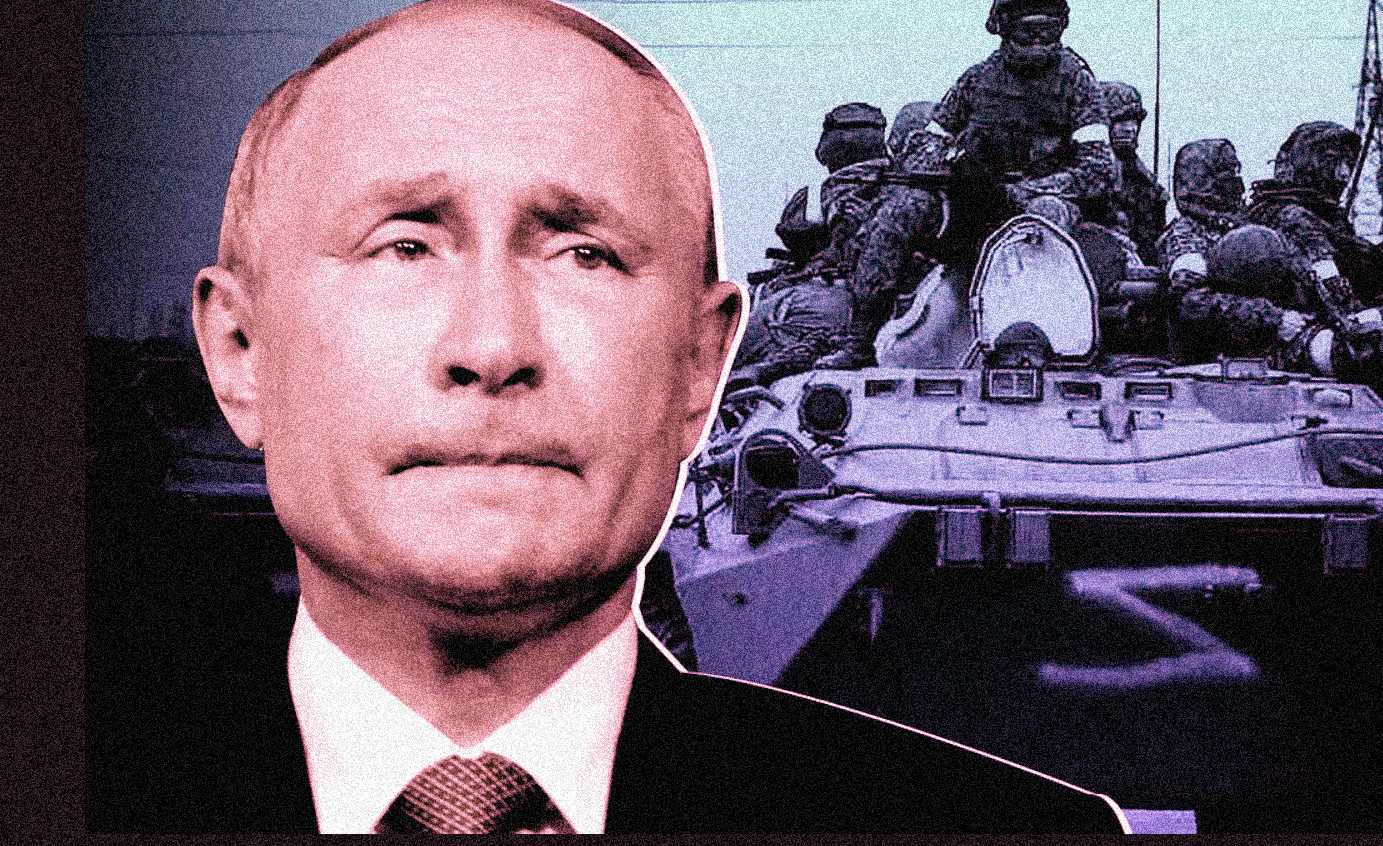In another self-funded effort, private Russian companies, engineers, and academia have produced a new kamikaze drone (suicide drone or loitering munition), Gastello, based on a First-Person View (FPV) operating module.
The development resulted from feedback from frontline troops employing other such Unmanned Aerial Vehicles (UAV) and distinguished itself by using more Russian electrical and electronic components. This reduces dependence on Western imports, which were blocked following sanctions.
Interestingly, the drone is named after a famous World War-2 Russian fighter-bomber pilot, Nikolai Gastello, who flew his Ilyushin Il-4 aircraft on a German ground target in a classic kamikaze/suicide fashion.
A famous Soviet hero from the war, which Russia refers to and still celebrates as the ‘Great Patriotic War,’ Gastello, rammed his aircraft after sustaining German anti-aircraft fire in what is described as a “fire taran” on a German Panzer tank column on June 22, 1941.
Three-Dimensional Significance
The industrial effort, historical-cultural significance, and military application are consistent with developments in the three spheres within Russia over the last two years. One is the Russian effort to lead in electronics and electrical systems manufacturing and become a drone power spurred by the need thrown up in the nearly one-and-a-half-year-old war.
Secondly, resurrecting Gastello’s legacy in the kamikaze drone stems from Russia’s perception that the West has either turned a blind eye or backed (or sometimes both) Nazi and far-Right groups before and after the Second World War.
Their presence in Ukraine was again widely reported since 2014. The North Atlantic Treaty Organization (NATO) continued expanding and repeatedly mentioned admitting Ukraine until late 2021 and early 2022, precipitating this view.
One of Russia’s stated goals in the Special Military Operation (SMO), the “denazification” of Ukraine, stems from this perception. Thirdly, kamikaze drones have become a defining feature of the war, with cheap, commercially available leisure drones being used after being rigged with ammunition.
New FPV Suicide UAV
According to a report in RIA Novosti, the FPV drone was influenced by feedback from troops participating in the Special Military Operation (SMO). “In particular, the copter will have the ability to fly at night. The design capacity of the new production is five thousand units per month,” an unnamed official associated with the drone’s development said.
Thirty percent of the components inside the drones assembled on the new conveyor line, seen in videos posted on X (formerly Twitter), are Russian. In particular, these are carbon frames and cases. “In the coming months, the number of Russian components in the new Gastello strike FPV drones will be increased to 95 percent,” the official said.
The FPV module – where the operator can see the image from the video camera on a monitor shaped as a ‘video helmet’ or video glasses strapped to the forehead over the eyes – is more convenient for rapidly operating and maneuvering the UAVs in complex environments.

The video shows a manufacturing or assembly unit with the drone’s components, body assembly, and wiring stacked together amid soldering machines and mechanical tools. The airframe covering in the clip shows a four-rotor quadcopter, much like the UAVs Ukraine retrofits with ordnance to be used against Russian ground targets. Even the Russian Ghoul UAV, developed following a self-funded industry initiative, has a similar quadcopter shape but differs in size from the Gastello.
Russia’s Indigenizing Efforts
Gastello’s final configuration is not straightforward. Still, Russian media reports mention night vision capability implies an additional camera, lens, or a heavier electro-optical payload to see in the dark.
Russia has been known to lag in optical technology and manufacturing. Therefore, it is unclear if the optics on the Gastello have been sourced from foreign vendors outside Russia or developed in-house.
Russia has launched the production of new Gastello kamikaze drones, which were developed taking into account the wishes of the SMO participants. A RIA Novosti correspondent looked at what the assembly process looks like. pic.twitter.com/GlzmDMlnns
— dana (@dana916) August 5, 2023
But given the stringent sanctions on Moscow’s technology imports, it is possible the developers must have used a basic, locally made optical system with night vision capability. Neither does the type of drone warrant an advanced optical system, which would be tricky for Russian government defense enterprises and private companies to develop.
Russia’s First Kamikaze Pilot
Nikolai Gastello meanwhile holds a special place in Russian military folklore, posthumously receiving the Hero of the Soviet Union award, the highest commendation in the former Union of Soviet Socialists Republics (USSR).
Gastello was flying his Ilyushin IL-4/DB-3F twin-engine long-range torpedo bomber on a ground attack/bombing mission on June 26, 1941, four days after Nazi Germany attacked the USSR on June 22.
According to Traces of War, he led a pair of aircraft to bomb a German position near the village of Dekshany in Belarus. Gastello’s bomber was reportedly hit by flak, with his wing fuel tank ruptured, and the aircraft was engulfed in flames.
“He then deliberately directed the doomed aircraft into a German Panzer column, performing the first ‘fire taran’ in the German-Soviet war,” said the description. Gastello, therefore, became the first kamikaze pilot from Russia in the war, earning him a privileged status in Russian history.
- The author can be reached at satamp@gmail.com
- Follow EurAsian Times on Google News